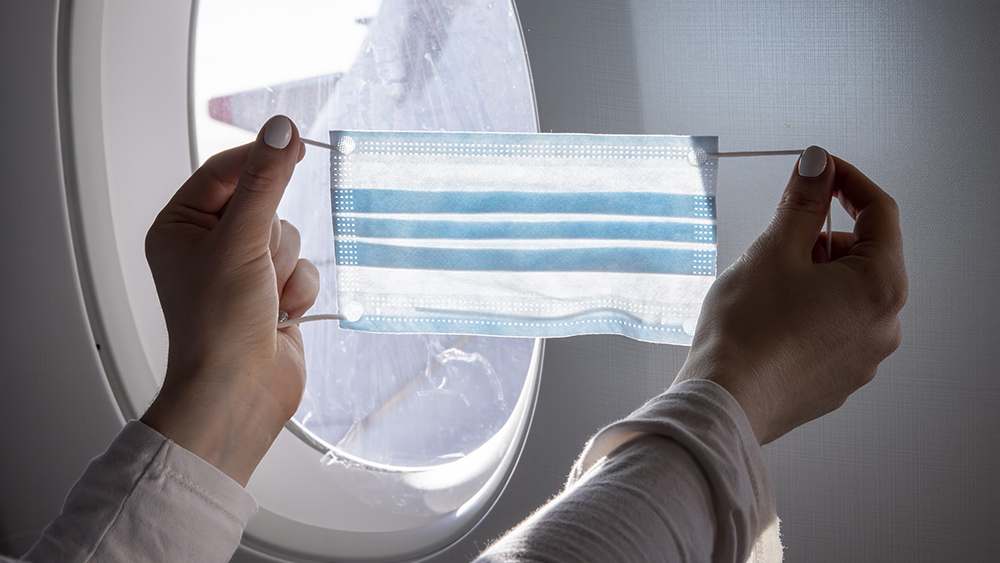7 Factors to consider before going off-grid
03/17/2020 / By Arsenio Toledo

More and more people believe that the answer to surviving any disaster is to go off-grid. People who live off the grid aren’t connected to public utilities, like the electric grid and water lines, and they live a life of complete self-reliance. However, one cannot simply pack up and live off the grid instantly — there are factors that must be taken into consideration. (h/t to HomesteadSurvivalSite.com)
Finances
Off-the-grid living requires a lot of investment. You must own or rent the land you want to live in, and you must acquire the materials to build your homestead. Any systems that you must build, such as power and water systems, also require additional expenses. Take into account the amount of capital you will need and start saving up for it right away.
Being realistic
This kind of lifestyle won’t be a utopia, but it can be rewarding if you set realistic expectations. Growing crops and raising livestock take a lot of time and effort, setting up your power systems will take a lot of backbreaking labor, and your house will require a lot of work to maintain. Learn about the pros and cons of off-the-grid living before starting your journey.
Challenges
Going off-grid will be very challenging. Factors like the climate in your area, how prone it is to natural disasters, and even the population of predators such as bears and coyotes must be taken into consideration. This is why prepping early is very important. If you know that the winters in your homestead will be harsh, you should stock up on fuel for heat early.
Energy sources
Off-the-grid living won’t require a lot of energy, but you still need a power source. Decide whether you want to live with solar panels or a small wind turbine. Hydroelectricity is also a viable option if you plan to build your homestead near a body of water.
Water sources
Consider building your homestead in proximity to a body of freshwater. If you live high up in a mountain, you may be secure but might have a hard time gathering water. There are plenty of water sources that you can choose from. You can build a well, collect rainwater, or even buy water in bulk and store it in a water tank.
Food sources
Familiarize yourself with your area’s viable food sources. If the area has plentiful game that you can hunt, invest in a hunting rifle. If the soil in your homestead is arable, figure out which crops to plant. Check on your finances and see if you can purchase some pigs or chickens. Consider learning about the different plants and mushrooms that you can gather to supplement your meals. Don’t forget to study how to preserve your food. During worst case scenarios, learn where you can head to for a full meal. (Related: The basics of home gardening and food preservation.)
Learning about your community and environment
Before you think about rooting yourself to your new location, learn as much as you can about the environment you plan to live in. What types of wildlife roam this area? What kinds of plants grow? Where’s the nearest body of freshwater? Learn where the nearest towns are as well. Is there an unincorporated community or American Indian tribe nearby that you can turn to in case of an emergency? These are all important questions to ask. Learn as much as you can about the different aspects of the environment and prep for each one.
Going off-grid can be very rewarding. You can leave behind a smaller environmental footprint, you can become healthier and your mental health can improve. But it takes a lot of time and preparation to pull off successfully. If you don’t want to come crawling back to civilization just days after packing up and moving out, make sure you’ve ticked every box on your preparedness checklist.
Sources include:
Tagged Under: bug out, green living, homesteading, off grid, preparedness, prepper, prepping, self-sufficient living, survival, sustainable living
RECENT NEWS & ARTICLES
COPYRIGHT © 2017 PREPAREDNESS NEWS



















